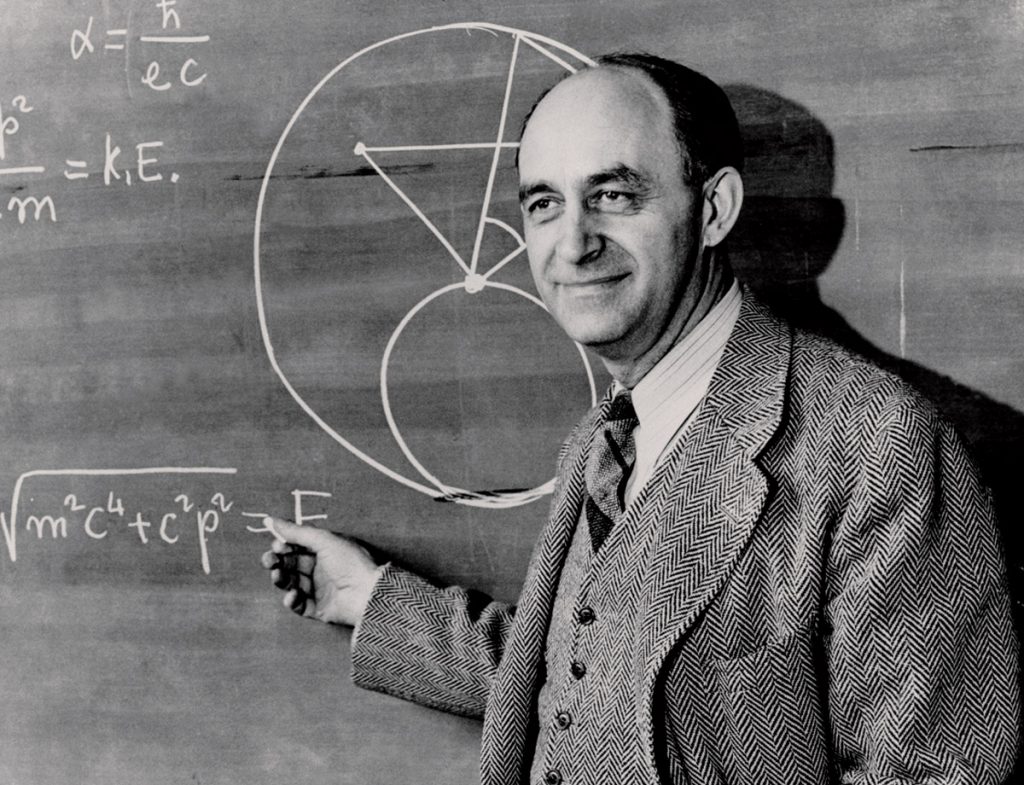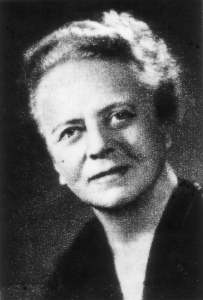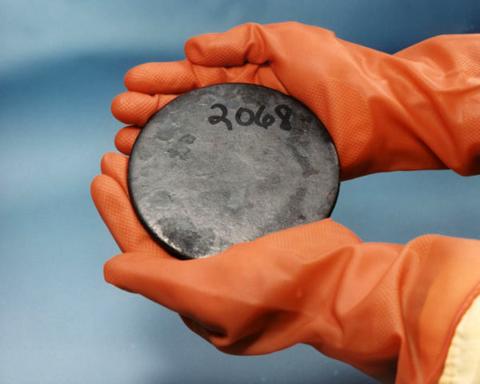Once James Chadwick discovered the neutron and Niels Bohr began to explain the “nucleus” of the atom, physcists in both Europe and the United States began conducting experiments to determine the physical properties of different elements.
The experiments carried out by the Joliot-Curies in France gave the first chemical proof of artificial transmutation, “One of the most important discoveries of the century,” according to Emilio Segre in 1934. Also at this time, Leo Szilard was entertaining ideas of “chain-reactions” and even “nuclear explosions.” He envisioned neutrons being much more productive than alpha particles, such as the Joliot-Curies had used in their experiments. He intuitively felt that some elements should emit two or more neutrons for each neutron captured.
Neutron Capture
Italian physicist Enrico Fermi began experimenting with bombarding neutrons to generate radioactivity in 1934. He started with water and the lightest elements, but had little success until he reached fluorine. From that point forward, he and his team (Segre, Edoardo Amaldi and Franco Rasetti) were able to induce radioactivity in several elements, including iron, silicon, titanium, zinc, bromine, and lanthanum.

Fermi’s team discovered that when light elements were bombarded, they generally shed a proton or alpha particle and became even lighter. But heavier elements, due to a stronger electrical barrier around the nucleus, got heavier by capturing the bombarding neutron and releasing its binding energy through gamma radiation. These elements tended to become heavier isotopes of themselves. When Fermi’s group bombarded uranium, they realized that they first generated a heavier isotope, uranium-239, but then what appered to a new element, with atomic number 93. However, this initial success soon collided with prior theory, and several “mysterious” results began to take shape. It was very confusing!
In October 1934, Fermi made a startling discovery. In his own words:
“I will tell you how I came to make the discovery which I suppose is the most important one I have made. We were working very hard on the neutron induced radioactivity and the results we were obtaining made no sense. One day, as I came into the laboratory, it occurred to me that I should examine the effect of placing a piece of lead before the incident neutrons. Instead of my usual custom, I took great pains to have the piece of lead precisely machined. I was clearly dissatisfied with something. I tried every excuse to postpone putting the lead in place. When finally, with some reluctance, I was going to put in its place, I all at once grabbed an odd piece of paraffin and placed it where the lead was to have been.”
Using paraffin instead of lead triggered much higher levels of radioactivity. What was happening was that the paraffin was “slowing down” the speed of the neutrons, causing them to be closer to the nucleus for a longer period of time. These neutrons were then “captured.”

Bohr’s lab in Copenhagen followed Fermi’s research closely. At Cornell, Hans Bethe wrote a paper arguing that neutron capture was rare. All of the resulting consternation resulted in Bohr visualizing his explanation of the nucleus as composed of neutrons and protons tightly clustered together. But Bohr thought the chances of being able to use nuclear energy were low. Ernest Rutherford called the idea “moonshine.” Albert Einstein compared it to “shooting in the dark at scarce birds.” Bohr thought it “remote” at best.
Noddack Articulates Fission
In 1934, German chemist Ida Noddack critiqued Fermi’s research in a paper called “On Element 93.” She argued that based on Joliot-Curies’ prior discoveries, instead of assuming that the newly created radioelement was heavier than uranium, he ought to have compared it to all of the known elements. She also suggested that “although in the past, elements have transmuted only into their near neighbors, it is conceivable, when heavy nuclei are bombarded by neutrons, they could break into several large fragments.” Noddack’s paper received little recognition at the time, but she had written one of the earliest expressions of nuclear fission. Research into uranium chemistry continued.





